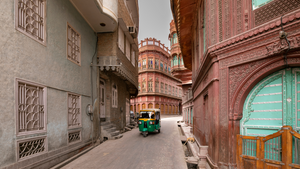The often-overlooked Salimgarh Fort is one of the most historic forts near Delhi that has weathered the test of time better than any other. Salimgarh Fort, located in the middle of Delhi on the banks of the Yamuna River, has stood silently through the rise and fall of dynasties, political intrigues, and the unstoppable passage of time.
Salimgarh Fort history
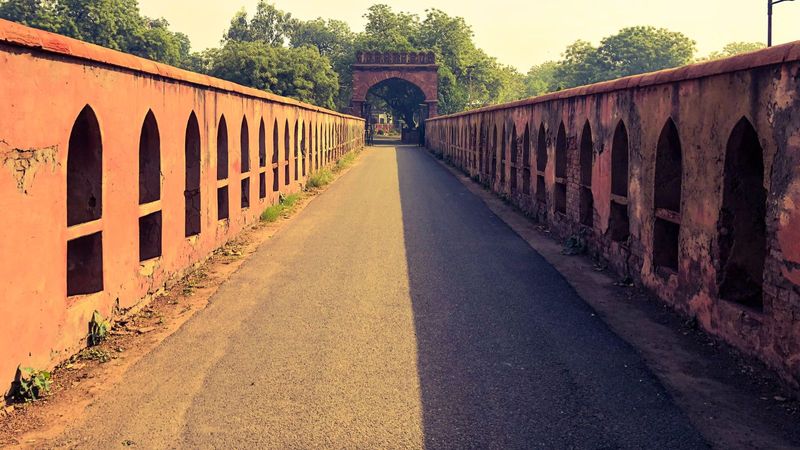
An ambitious Afghan named Sher Shah Suri served in the Mughal forces; Salim Shah Suri was his son. Sher Shah, who succeeded Babur as creator of the Mughal Empire, was always seeking new lands to conquer after the last Lodi Sultan was vanquished by him. In 1530 CE, he saw an opportunity when a youthful Humayun became Mughal emperor. Following his victories over Humayun at the Battle of Chausa (1539) and Kannauj (1540), Sher Shah was able to establish the Suri Dynasty in northern India.
Islam Shah Suri, also known as Salim Shah, succeeded his father Sher Shah in 1545 CE. Salim Shah constructed a fort in Delhi to secure his domain from any possible invasions. The site was meticulously selected because the building was a defensive one. The Yamuna River and the Aravalli Hills formed a natural encirclement around the spot where Salimgarh Fort was constructed.
The advent of the Mughals
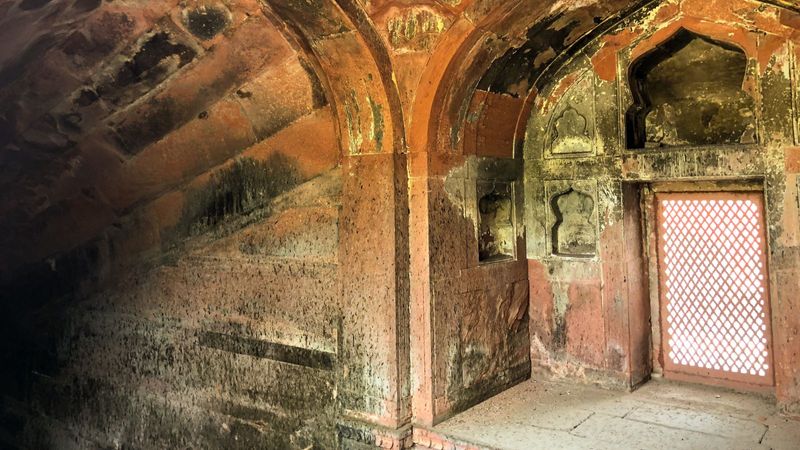
Legend has it that Sheikh Farid, aka Murtaza Khan, received Salimgarh Fort as a jagir (land grant) from Akbar (r. 1556-1605), the son and successor of Humayun. Murtaza Khan joined the Mughal service under Akbar, but he excelled under Emperor Jahangir (r. 1605-1627), became a prominent figure in the Mughal court, and even held the positions of governor of Gujarat and Punjab. He is also commemorated by the name of the Haryana city Faridabad. When travelling between Agra and Lahore or Kashmir, Jahangir would often stop at Salimgarh Fort for a night under the stars.
Following his father Jahangir's (r. 1628–2608) relocation of the Mughal capital from Agra to Delhi, Shah Jahan (r.1628–2608) brought Salimgarh to the forefront once again. His new city of Shahjahanabad, which is essentially Old Delhi in modern times, was built on a site close to Salimgarh, and the Red Fort, his imperial residence and fort, was built there.
Reports indicate that Shah Jahan spent some time in Salimgarh prior to the commencement of construction on the Red Fort in 1639 CE. Salimgarh was already a Mughal camp site when Aurangzeb ascended to the throne in 1658 CE, following in the footsteps of his father Shah Jahan. However, Aurangzeb transformed it into a jail. His father, Shah Jahan, was imprisoned at Agra by Aurangzeb, who is remembered in history as a cruel tyrant. Within the walls of the Salimgarh fort near Delhi, he locked up his sister Zebunissa and brother Murad Baksh.
Although Murad Baksh had aided Aurangzeb in his succession fight against Dara Shikoh, their brother and heir-apparent, Aurangzeb had him imprisoned in 1658 CE for disobeying Islamic law. The execution of Murad Baksh took place in Gwalior Fort. A poetess who wrote under the pen name "Makhfi," Zebunissa was Aurangzeb's daughter. But her passion for music and poetry did not have the approval of Aurangzeb. For twenty years, till her death in 1701–02 CE, she was confined within Salimgarh Fort by him.
Salimgarh Fort- A Gilded Prison
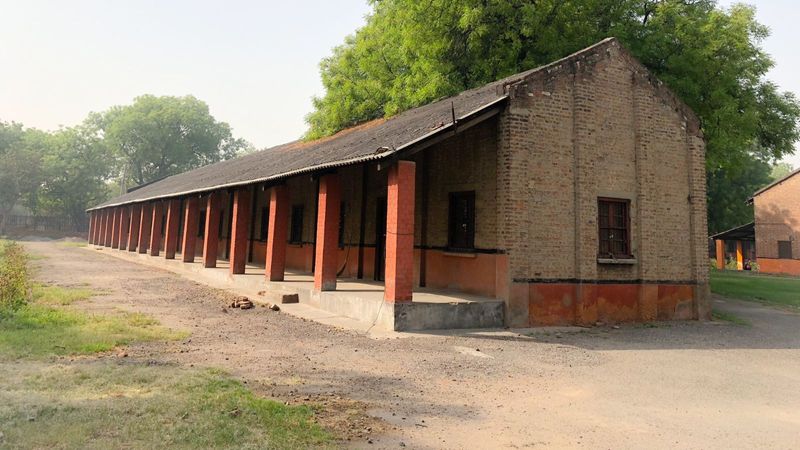
Prisons in Salimgarh housed royalty, princes, and other notable people throughout the two centuries that followed. This is where many people died. Notable inmates of the fort included Jahandar Shah, who served as Mughal Emperor for a brief period between 1712 and 1713. His nephew Farrukhsiyar, who had deposed him in 1713 and become the new Emperor, imprisoned him here for a while. After the Rohilla chief Ghulam Qadir blinded and tortured Shah Alam, the 16th Mughal Emperor, in 1788 CE in the Red Fort, the Maratha ruler Mahadji Scindia rescued him and had Qadir tortured and killed. Shah Alam then lingered at Salimgarh.
Salimgarh Fort- Independence Era
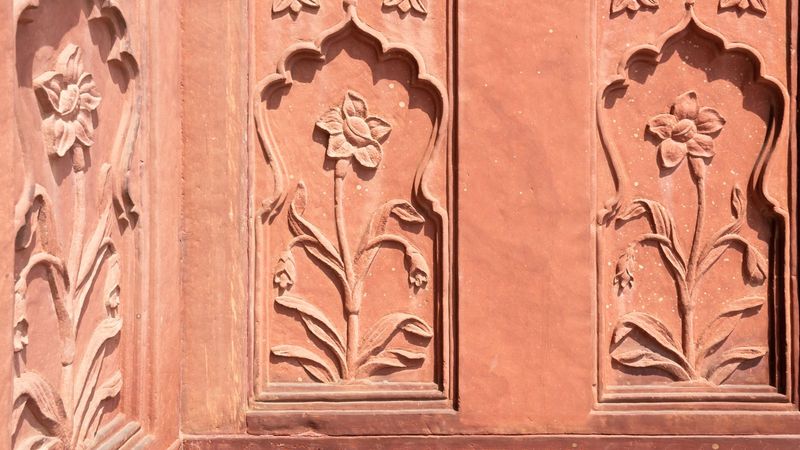
Salimgarh served as both a meeting place and a jail for those fighting for independence during the 1857 Revolt. The Last Mughal: The Fall of a Dynasty: Delhi, 1857 (2009), written by historian and author William Dalrymple, makes note of the installation of artillery batteries at Salimgarh. Revolt leader Bahadur Shah Zafar, the last Mughal emperor, allegedly met in secret with freedom fighters here after becoming a rebel. They had started searching for hidden riches in the Mughal Bastille of Salimgarh because "Mirza Mughal's" (Bahadur Shah Zafar's) troops were so anxious for money after the revolt had put the Mughal Empire into disarray.
As a result of his role in the 1857 Rebellion, Bahadur Shah Zafar was brought into state custody. Supposedly, he spent a few days in Salimgarh until the British sent him to Rangoon, Burma. Some say Jahangir constructed the bridge linking Salimgarh and the Red Fort, while others say Bahadur Shah did it. In 1854–1855, nevertheless, Bahadur Shah Zafar did construct a gate and name it after himself at Salimgarh Fort's northern entrance.
Salimgarh Fort- Modern Developments
Salimgarh became a monument honouring Indian freedom soldiers in 1995. The museum inside, now called "Swatantra Senani Smarak," features artefacts from the freedom movement, including photos of INA founder Netaji Subhas Chandra Bose, the riding boots and coat buttons of Col Gurbaksh Singh Dhillon, and the uniform of INA commander Col Prem Kumar Sahgal, among many other items. Salimgarh Fort has seen several transformations throughout the years, serving as a fortification, a jail, and finally a memorial.
If you are looking for forts near Delhi that have rich historical significance, Salimgarh Fort is truly a great choice!
Timings: 10:00 am-5:00 pm
Entrance fee: Free for all




